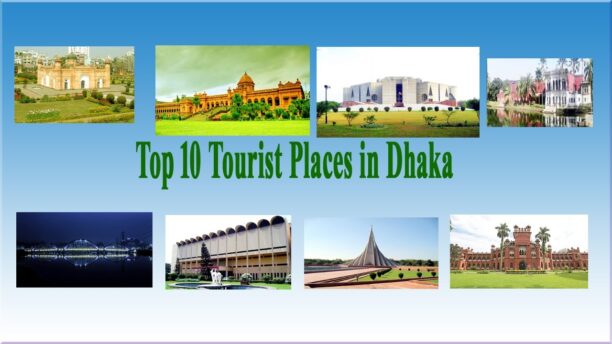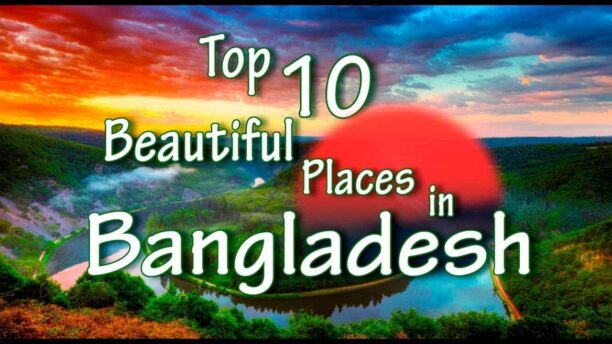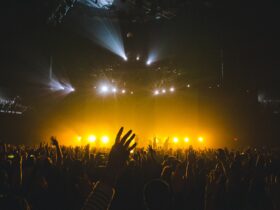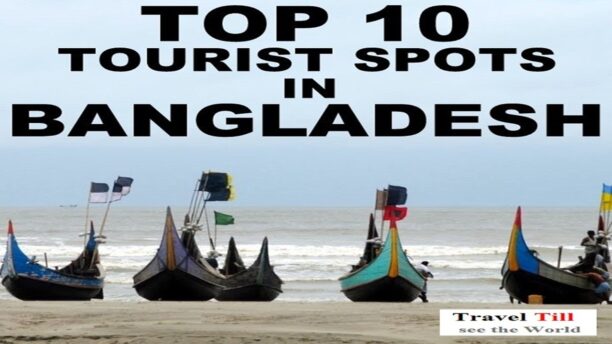Dhaka, the capital of Bangladesh, is also known as one of the major cities of South Asia. It stands on the bank of the river Buriganga. It is located almost at the center of the country and has an area of nearly 31119 sq km. It has a large population, over 16 million, making it the largest city in Bangladesh and also one of the largest cities in the whole world.
Ahsan Manzil
Ahsan Manzil is one of the significant monuments of the country. It is a very attractive asset of Dhaka not only for its historic significance but mainly for its architectural and aesthetic values. It is also an epitome of the nation’s rich cultural heritage. Ahsan Manjil was built in 1872 and standing on the banks of the Buriganga River. It also has a museum in it and has become one of the most popular tourist attractions of old Dhaka City.
Lalbagh Fort
Lalbagh Fort, previously known as Fort Aurangzeb, is an incomplete Mughal fortress, standing at the Buriganga River on the southwestern part of Dhaka. Its construction was commenced in 1678 by Prince Muhammad Azam during his 15-month long vice-royalty of Bengal, but before the work could complete, he was recalled by Aurangzeb. His successor, Shaista Khan, did not complete the work, though he stayed in Dhaka up to 1688. His daughter Iran Dukht, famously knon as Pari Bibi (Angel Lady) died here in 1684 and this led him to consider the fort to be ominous.
Central Shaheed Minar:
The Jatiyo Shaheed Minar, meaning the National Martyrs’ Monument, was established to commemorate the martyrs killed during the Language Movement in 1952. On February 21, 1952, dozens of students and political activists were killed when the Pakistani police force opened fire on Bengali protesters who were demanding equal status to their native tongue, Bangla. The massacre occurred near Dhaka Medical College and Ramna Park in Dhaka. A makeshift monument was erected on February 23 by students of University of Dhaka and other educational institutions, but soon demolished on February 26 by the Pakistani police force. The Language Movement gained momentum and after a long struggle, Bangla was given equal status as Urdu.
Bangladesh National Museum:
Bangladesh National Museum is situated at Shahbagh, Dhaka. It holds interesting collections including sculptures and paintings of the Hindu, Buddhist and Muslim periods as well as inscriptions of the Holy Quran in Arabic and Persian letters and Bengali works in the Arabic script.
Bangabandhu Memorial Museum:
Bangabandhu Memorial Museum is situated at Dhanmondi, Dhaka. It was the residence of the first President of Bangladesh, the leader of the liberation movement of Bangldesh and father of the nation, Bangabandhu Sheikh Mujibur Rahman. Later it turned to a museum.
Lalbagh Fort:
Lalbagh Fort, previously known as Fort Aurangzeb, is an incomplete Mughal fortress, standing at the Buriganga River on the southwestern part of Dhaka. Its construction was commenced in 1678 by Prince Muhammad Azam during his 15-month long vice-royalty of Bengal, but before the work could complete, he was recalled by Aurangzeb. His successor, Shaista Khan, did not complete the work, though he stayed in Dhaka up to 1688. His daughter Iran Dukht, famously knon as Pari Bibi (Angel Lady) died here in 1684 and this led him to consider the fort to be ominous.
Bangabandhu Memorial Museum:
Bangabandhu Memorial Museum is situated at Dhanmondi, Dhaka. It was the residence of the first President of Bangladesh, the leader of the liberation movement of Bangldesh and father of the nation, Bangabandhu Sheikh Mujibur Rahman. Later it turned to a museum.









Leave a Reply